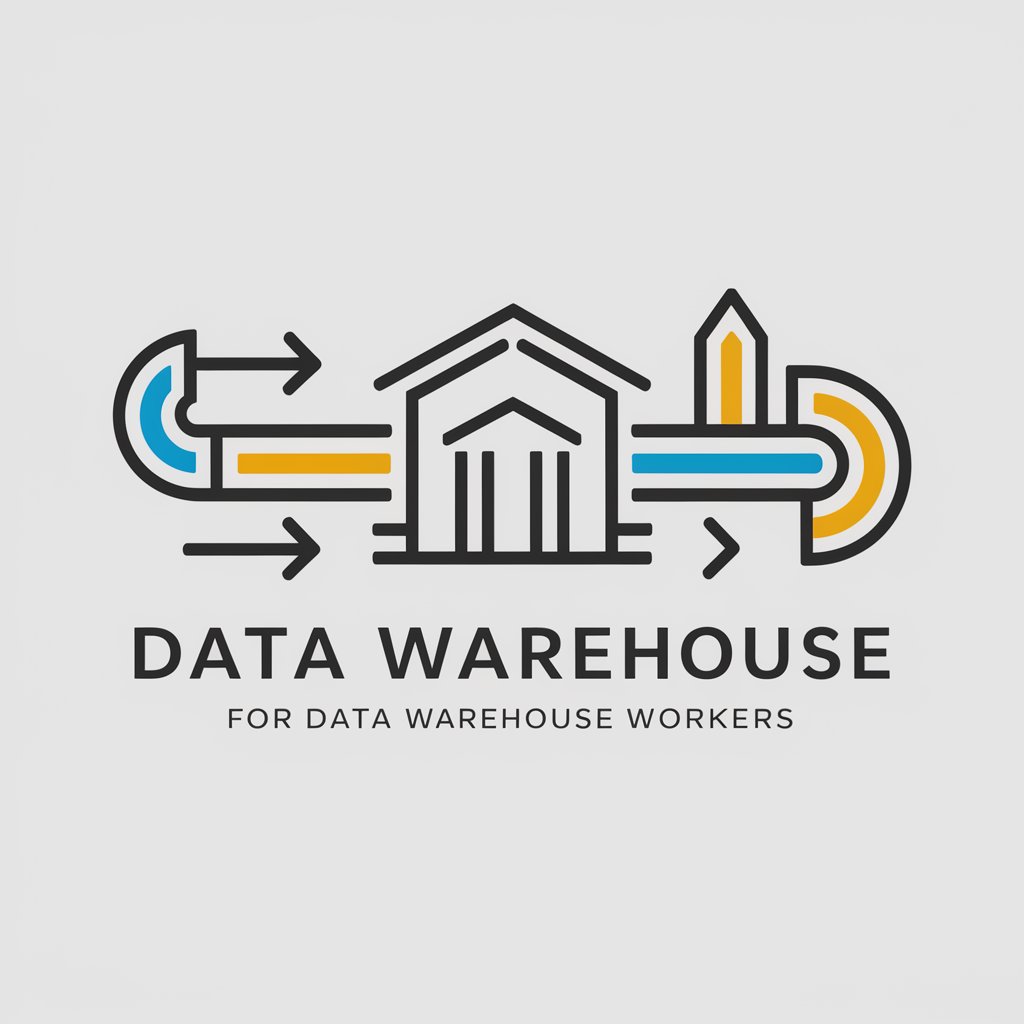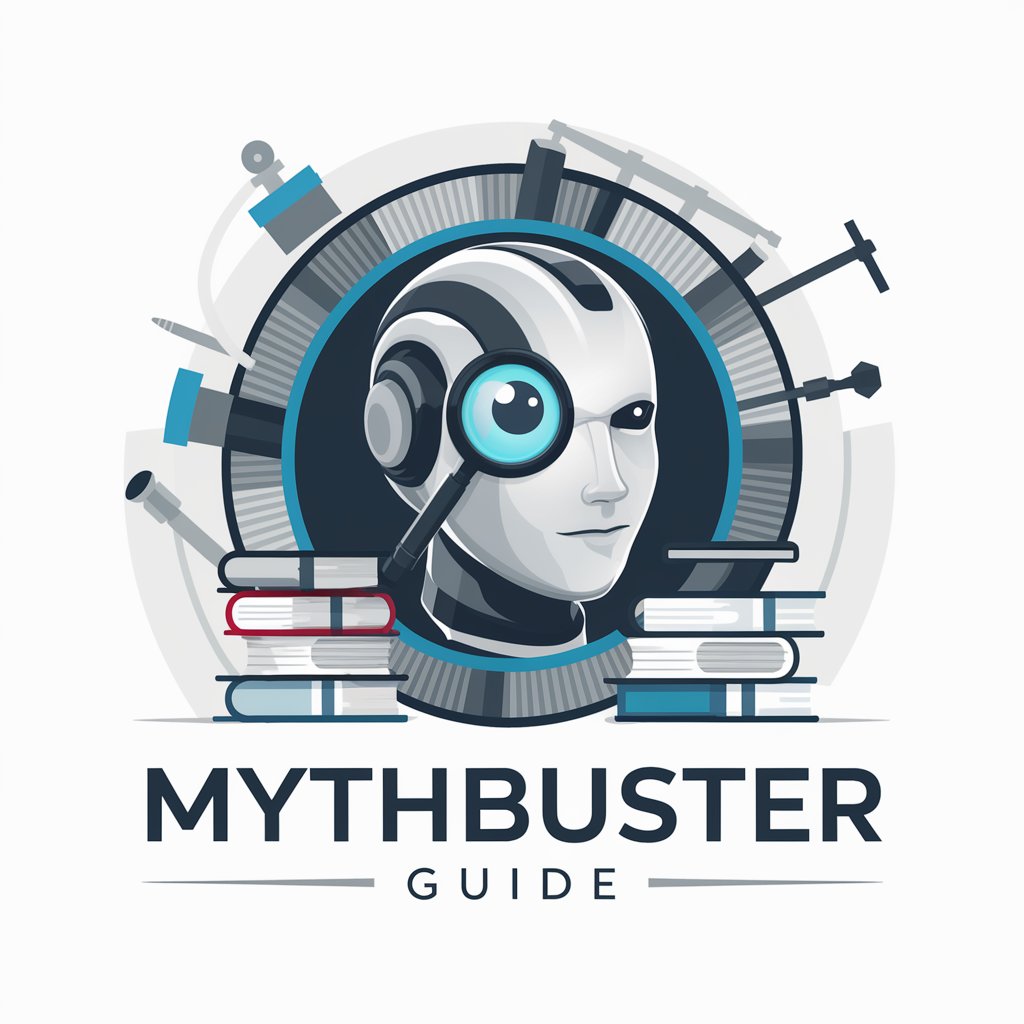Data Warehouse Assistant - ETL Process Optimization

Welcome! How can I simplify your ETL process today?
Streamlining data workflows with AI
How do I automate the data extraction process from various sources?
What are the best practices for optimizing data transformations?
Can you provide a step-by-step guide to troubleshoot common ETL issues?
How can I efficiently load large datasets into a data warehouse?
Get Embed Code
Overview of Data Warehouse Assistant
The Data Warehouse Assistant is designed to streamline and enhance the ETL (Extract, Transform, Load) process for data warehouse practitioners. Its primary role is to offer guidance and tools to simplify complexities associated with managing data pipelines, ensuring efficient data transformations, and optimizing data loading techniques into data warehouses. By leveraging advanced capabilities such as automated code snippets, real-time troubleshooting advice, and up-to-date best practices, this Assistant aims to increase the efficiency and understanding of ETL processes. For example, it can demonstrate how to automate data extraction from various sources, offer strategies for cleaning and transforming data to meet warehouse schema requirements, and guide on the best practices for loading data to minimize latency and maximize performance. Powered by ChatGPT-4o。

Core Functions of Data Warehouse Assistant
Automating Data Pipelines
Example
Providing code snippets for scheduling and automating data extraction jobs from APIs, databases, and cloud services using Python or SQL.
Scenario
A user needs to extract sales data from multiple e-commerce platforms at regular intervals. The Assistant provides a Python script example to automate API calls and data extraction, scheduling the job to run nightly.
Troubleshooting ETL Problems
Example
Offering diagnostic tips and solutions for common issues such as data corruption during transfer, performance bottlenecks, or failed data loads.
Scenario
When a user encounters slow data transformation processes, the Assistant suggests optimization techniques for SQL queries and advises on the use of specific ETL tools designed for performance improvements.
Optimizing Data Transformations
Example
Advising on data modeling practices and transformation logic to ensure data integrity and optimize for query performance within the data warehouse.
Scenario
A user designing a new data warehouse schema is guided on denormalization strategies and how to use computed columns to speed up query times.
Efficiently Loading Data
Example
Guiding on bulk data loading techniques and the use of warehouse-specific features like partitioning to enhance data ingestion speeds.
Scenario
For a user looking to load large datasets into a cloud-based data warehouse, the Assistant explains the benefits of using data partitioning and provides examples of partitioning strategies.
Target User Groups for Data Warehouse Assistant
Data Engineers
Professionals responsible for designing, building, and managing data pipelines. They benefit from automation strategies, troubleshooting tips, and optimization techniques to ensure efficient data flows.
BI Developers
Individuals who create reports and dashboards from warehouse data. They gain insights on optimizing data models and transformations to improve report generation speed and accuracy.
Data Analysts
Analysts rely on clean, well-structured data for their analyses. The Assistant helps them understand the ETL process, ensuring data integrity and facilitating smoother analysis.
Database Administrators (DBAs)
DBAs benefit from guidance on efficient data loading and management practices, helping maintain the performance and reliability of the data warehouse.

How to Use Data Warehouse Assistant
Start Your Journey
Begin by visiting yeschat.ai for a hassle-free trial experience, accessible without the need for login or a ChatGPT Plus subscription.
Identify Your Needs
Evaluate your data warehouse operations to determine the specific ETL challenges you face or the processes you wish to optimize.
Engage with the Assistant
Use the Data Warehouse Assistant to ask questions, seek guidance on automating data pipelines, troubleshoot ETL problems, or get tips on optimizing data transformations.
Apply the Insights
Implement the advice, code snippets, and best practices provided by the Assistant to streamline your data warehouse processes.
Iterate and Optimize
Continuously refine your ETL processes based on feedback and new insights from the Assistant, ensuring your data warehouse operates at peak efficiency.
Try other advanced and practical GPTs
Gamified Life Strategist
Turn Goals into Games with AI

Friendly Chemist
Empowering Chemistry Learning with AI

"Lawyer"
Empowering Legal Decisions with AI

Finance Turnaround Expert
AI-powered financial turnaround solutions.

Gerador de Lero Lero Jurídico - Direito Penal
AI-powered Legal Discourse Generation

ChatJPT
Empowering Conversations with AI

Carrom Guru
Master Carrom with AI-powered Guidance

Fake Detector
Empowering truth with AI-powered verification

Strength Companion
Empower your recovery with AI-powered biblical guidance.

**Asesor Valorant**
Elevate Your Valorant Play with AI-Powered Insights

Mythbuster Guide
Debunk myths with AI precision.

Wise Masonic Sage
Enlightening Paths with Masonic Wisdom

Data Warehouse Assistant Q&A
What is Data Warehouse Assistant?
Data Warehouse Assistant is an AI-powered tool designed to support data warehouse professionals by providing guidance on automating ETL processes, troubleshooting issues, optimizing data transformations, and efficiently loading data.
How can I automate my data pipeline using this tool?
You can automate your data pipeline by leveraging the Assistant's ability to provide step-by-step guidance on integrating automation tools, scripting automated tasks, and setting up schedules for data extraction, transformation, and loading.
What common ETL problems can it help solve?
The Assistant can help diagnose and resolve common ETL issues such as data quality problems, performance bottlenecks, complex transformations errors, and challenges in integrating diverse data sources.
Can it offer custom solutions for my data warehouse?
Yes, by understanding your specific challenges and requirements, the Assistant can offer tailored advice, optimized workflows, and custom code snippets to enhance your data warehouse's functionality.
How do I optimize data transformations for efficiency?
Optimize data transformations by following the Assistant's guidance on employing best practices, such as minimizing data movement, using efficient transformation logic, and leveraging the data warehouse's computational resources effectively.
